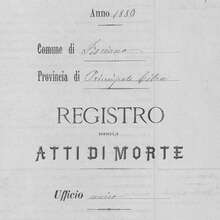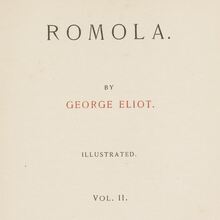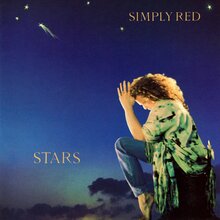“French Elzevir or French Oldstyle was
derived from types popularized in France in the eighteenth to early
nineteenth centuries [Beaudoire,
1909], and again became popular in the late nineteenth and
early twentieth centuries, with several variations identified only
by a supplemental number. […] The have been made by a number of
[American] foundries […] French Oldstyle faces were
the inspiration for MacFarland and De
Vinne.” [McGrew 1993]
The earliest of these American revivals may be Central’s
all-caps French Old Style and French Old Style
No. 2 which had a lowercase and more sizes. [1892
specimen] BB&S shows an all-caps French Old
Style and a related Elzevir with lowercase and
italics. [1893
specimen] By 1906 ATF had revised it as Lining French
Oldstyle No. 552. Monotype’s version was No.
71. MS&J’s More…
“French Elzevir or French Oldstyle was derived from types popularized in France in the eighteenth to early nineteenth centuries [Beaudoire, 1909], and again became popular in the late nineteenth and early twentieth centuries, with several variations identified only by a supplemental number. […] The have been made by a number of [American] foundries […] French Oldstyle faces were the inspiration for MacFarland and De Vinne.” [McGrew 1993]
The earliest of these American revivals may be Central’s all-caps French Old Style and French Old Style No. 2 which had a lowercase and more sizes. [1892 specimen] BB&S shows an all-caps French Old Style and a related Elzevir with lowercase and italics. [1893 specimen] By 1906 ATF had revised it as Lining French Oldstyle No. 552. Monotype’s version was No. 71. MS&J’s was French Elzevir.
According to Loy, Gustav F. Schroeder cut the lowercase of French Old Style for Central Type Foundry, and that he later cut an 18-point size of a French Old Style No. 2 for Pacific States Type Foundry. [MacMillan]















